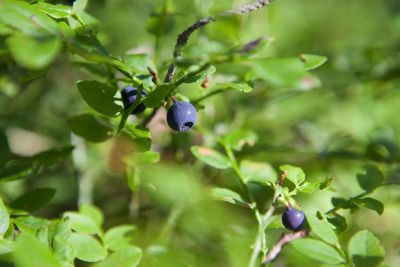Growing Hedges Made of Edible Plants
By making the hedgerow productive, it now is useful for more than one purpose. The food forest hedge can be staggered to incorporate more plant material, thereby increasing its sustainability. The variety of plants should keep the incidence of disease low, while attracting many beneficial insects to the hedge, as well as the whole yard. Use edible hedges to separate garden rooms, provide a privacy screen or shade, create a living fence, or hide ugly structures. Be creative! They don’t have to be aligned with the edges of the property.
How to Make a Food Hedge
It’s easy and fun to design an edible hedge. Keep space in mind as you select plant material that will grow tall and wide. Trees should be small with low branches. Choose plants that are easily propagated to save money on replacements or filling in. Select plant material with thorns when creating a protective barrier. Include perennial vegetables and herbs such as oregano, chives, rosemary, rhubarb, and artichoke. Perennials are preferred over annuals because they return year after year and require little maintenance or expense. Suggestions for small trees:
Apple
Cherry
Chestnut
Pomegranate
Fig
Hawthorn
Plum
Suggestions for shrubs:
Aronia
Blackberry
Blueberry
Elderberry
Cranberry viburnum
Raspberry
For evergreen edible hedge plants in warmer climates, consider:
Olive, zones 8-10
Pineapple guava, zones 8-10
Lemon guava/strawberry guava, zones 9-11
Chilean guava, zones 8-11
Oleaster, zones 7-9
The choices are many and varied; choose your favorite edible plants that do well in your climate. Then enjoy a low-maintenance food forest hedge!
